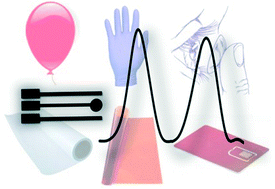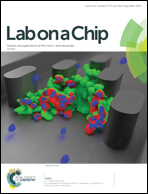Flexible plastic, paper and textile lab-on-a chip platforms for electrochemical biosensing
Abstract
Flexible biosensors represent an increasingly important and rapidly developing field of research. Flexible materials offer several advantages as supports of biosensing platforms in terms of flexibility, weight, conformability, portability, cost, disposability and scope for integration. On the other hand, electrochemical detection is perfectly suited to flexible biosensing devices. The present paper reviews the field of integrated electrochemical bionsensors fabricated on flexible materials (plastic, paper and textiles) which are used as functional base substrates. The vast majority of electrochemical flexible lab-on-a-chip (LOC) biosensing devices are based on plastic supports in a single or layered configuration. Among these, wearable devices are perhaps the ones that most vividly demonstrate the utility of the concept of flexible biosensors while diagnostic cards represent the state-of-the art in terms of integration and functionality. Another important type of flexible biosensors utilize paper as a functional support material enabling the fabrication of low-cost and disposable paper-based devices operating on the lateral flow, drop-casting or folding (origami) principles. Finally, textile-based biosensors are beginning to emerge enabling real-time measurements in the working environment or in wound care applications. This review is timely due to the significant advances that have taken place over the last few years in the area of LOC biosensors and aims to direct the readers to emerging trends in this field.

- This article is part of the themed collections: Wearable and Implantable Sensors and Lab on a Chip Recent Review Articles


 Please wait while we load your content...
Please wait while we load your content...